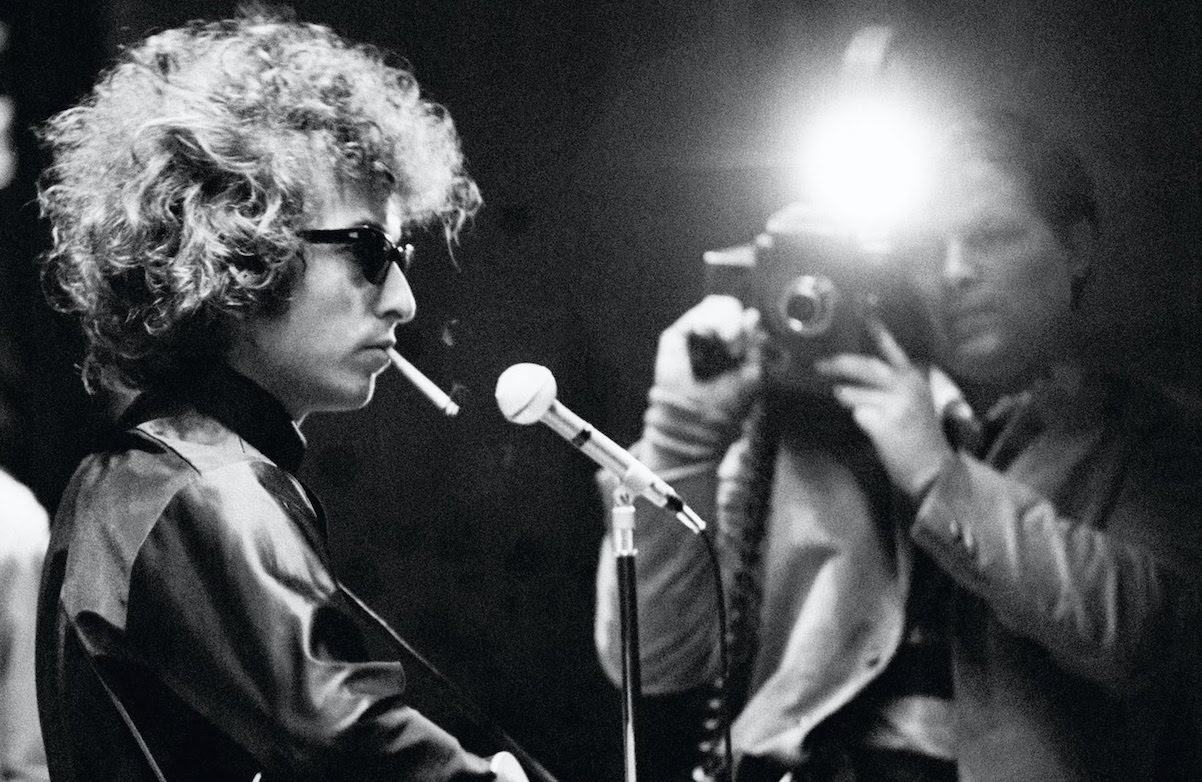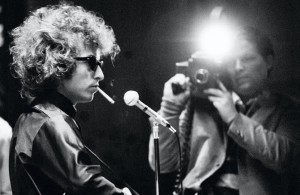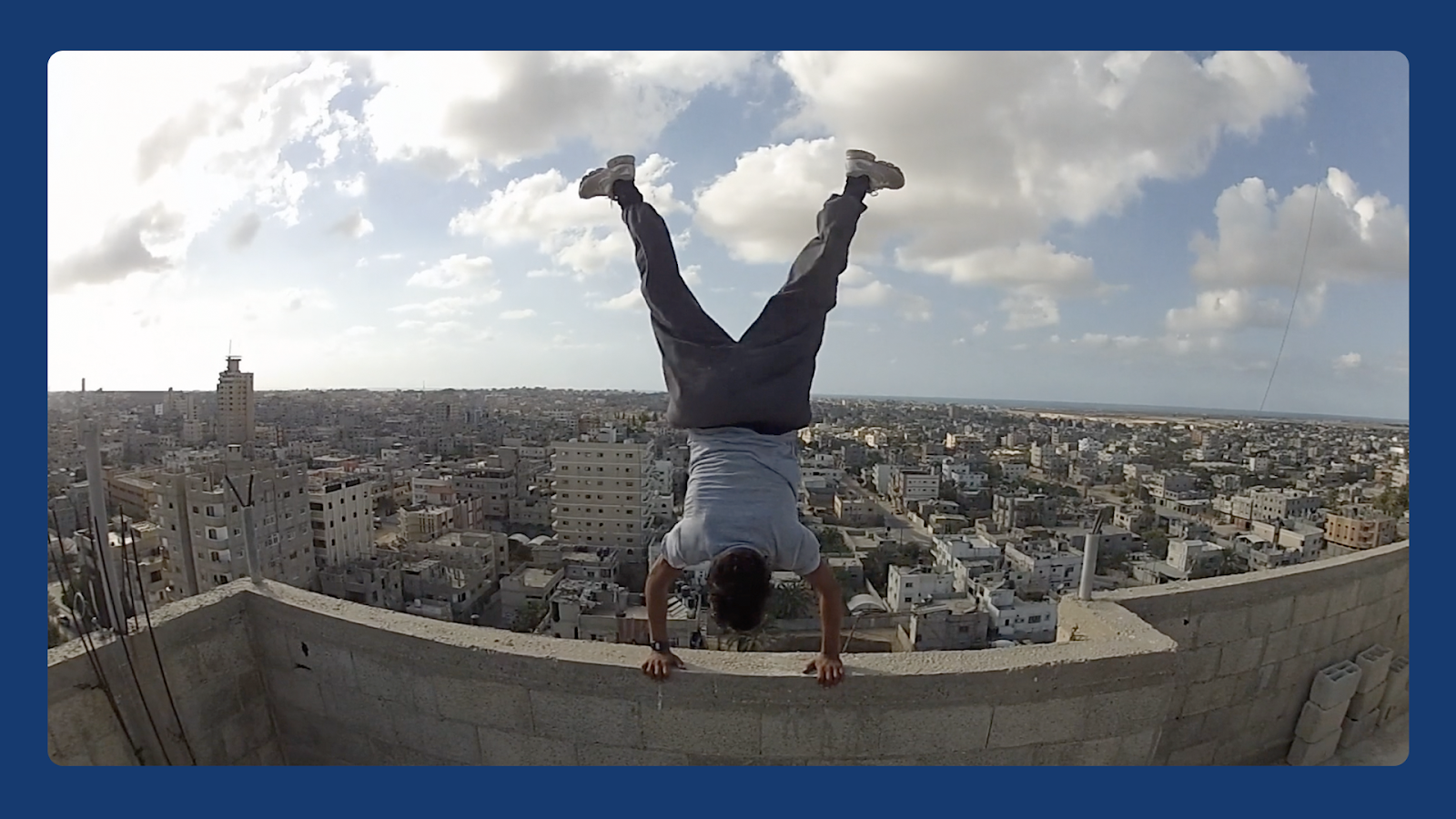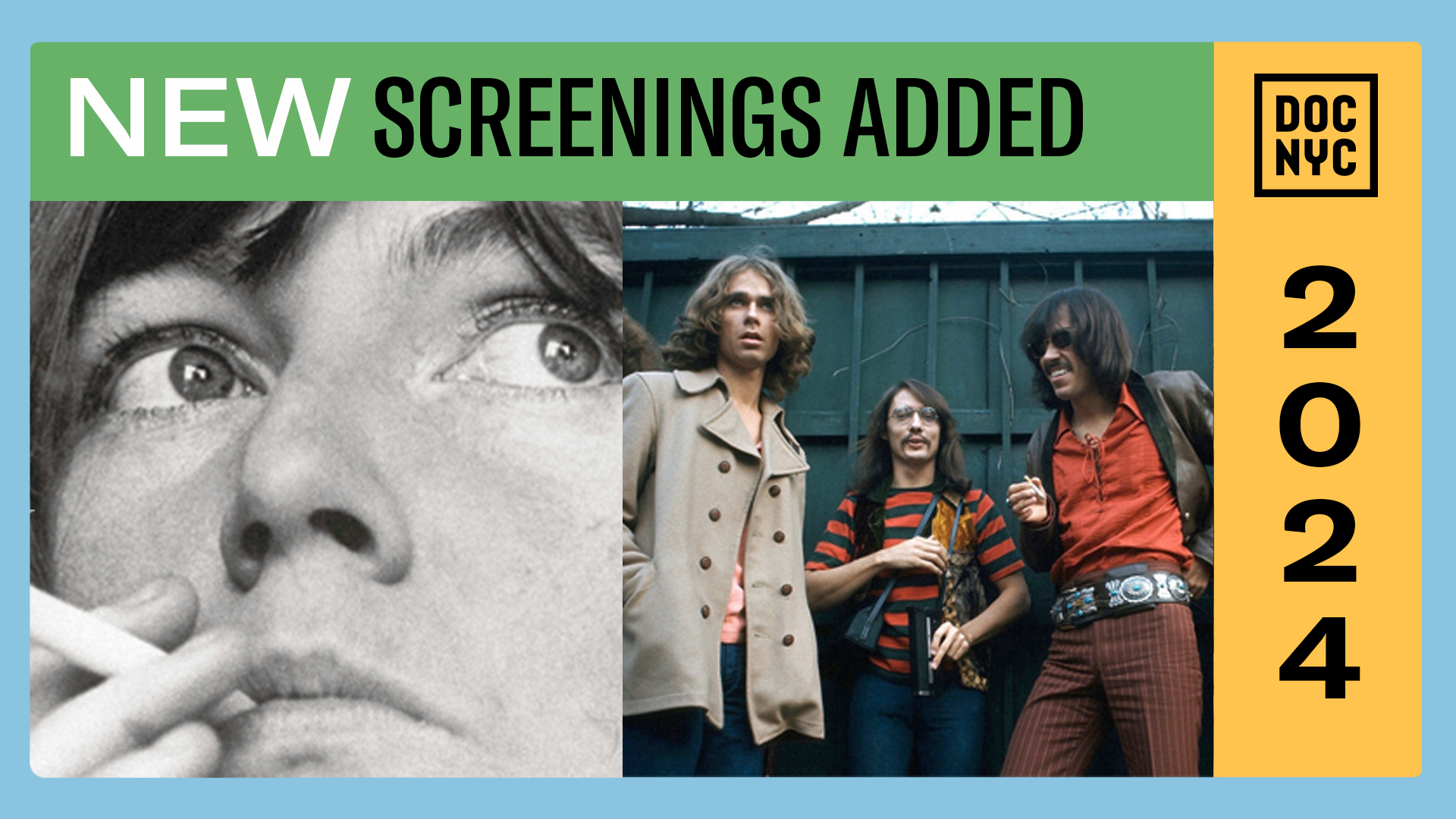What’s behind #savedocs?

DOC NYC artistic director Thom Powers talks about what to expect from the Documentary Preservation Summit taking place at IFC Center on March 31 – April 1, 2015. Order passes here.
DOC NYC is teaming with the International Documentary Association for an inaugural Documentary Preservation Summit. Why did this come about?
When people hear the word “preservation” applied to film and video, I think they imagine it’s something handled by institutions like the National Archives or The Academy. But the reality is every filmmaker is an archivist for their own work. And the challenges have grown even more daunting in the digital age. Preservation isn’t just about old films, it’s also about the footage you shot yesterday. Over the years, I’ve attended wonderful archivist gatherings like AMIA and listened to the experts grapple with these problems. But rarely do filmmakers attend those conferences. We wanted to create an event bring together filmmakers, archivists and other interested parties. The IDA created a great model for peer-to-peer discussion at their “Getting Real” conference last fall in Los Angeles; and DOC NYC has run its Doc-A-Thon panels and master classes for several years. In February, we started talking about doing something together. I had just returned from the Berlin Film Festival feeling energized from a screening of the restored version of Marcel Ophuls’ The Memory of Justice that was a huge undertaking led by Martin Scorsese’s Film Foundation. Preservation is such a pressing matter that we decided to pull together a summit as quickly as possible; and price it lower than usual – $25 for the whole event – for easier access.
Can you give us a sense of what the summit will cover?
 For me, “preservation” isn’t only about keeping a protection master in a vault. It’s about having the best possible version of films available widely to the public. As a curator for SundanceNOW Doc Club, I’m constantly looking to bring classic docs onto the platform and it’s alarming how many aren’t available. This summit will look at three key issues. One is the technical challenge of preserving footage, ranging from film to video to digital files. Second is the problem of legal entanglements that can prevent films from being released such as murky contracts or lapsed clearance agreements. Third is exploring how to earn money off older films. The more we can address the question of revenue, the easier it is to push on the technical and legal issues. I think it’s important to discuss them all together.
For me, “preservation” isn’t only about keeping a protection master in a vault. It’s about having the best possible version of films available widely to the public. As a curator for SundanceNOW Doc Club, I’m constantly looking to bring classic docs onto the platform and it’s alarming how many aren’t available. This summit will look at three key issues. One is the technical challenge of preserving footage, ranging from film to video to digital files. Second is the problem of legal entanglements that can prevent films from being released such as murky contracts or lapsed clearance agreements. Third is exploring how to earn money off older films. The more we can address the question of revenue, the easier it is to push on the technical and legal issues. I think it’s important to discuss them all together.
What do you hope filmmakers will take away from the summit?
Documentary makers are usually preoccupied with getting their next film made more than staying vigilant over their older footage. That’s understandable, especially when a film’s distribution was limited to the short window of a theatrical, broadcast or DVD release. But the marketplace for documentaries is changing in positive ways that give filmmakers more reason to pay attention to their older footage. With the emergence of digital platforms like Vimeo, VHX and others, filmmakers now can sell films off their own websites, not just for a limited release window, but for as long as audiences remain interested. We’ll be discussing that approach on the April 1 panel “How to Earn New Revenue Off Old Films.” I also expect to see more filmmakers finding ways to re-purpose their outtakes into fresh content that can be sold to niche audiences. D.A. Pennebaker who will speak at the Keynote Panel on March 31 is a great example. Films he shot in the 1960s such as Dont Look Back or Monterey Pop remain vital today; and over the years he’s successfully found ways to repurpose footage from those films in new projects such as 65 Revisited and Otis at Monterey. I’ve been telling filmmakers, even if you can’t come to the summit, send someone else from your team. Every production office needs this information. We hope this will start a conversation to be continued at other gatherings.


